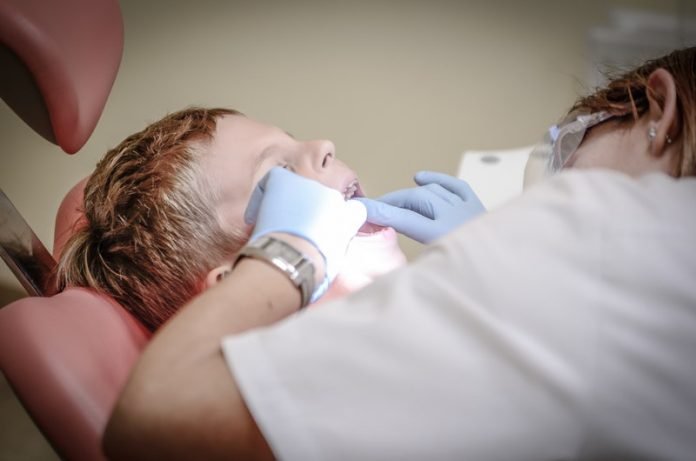
In a new study, researchers have discovered that hereditary traits and factors such as obesity, education, and personality could play a role in tooth decay and gum disease.
The research was done by an international team, including researchers at the University of Bristol.
Tooth decay and gum disease impact on illness and healthcare spending, but the role of genetics in dental problems is largely unknown.
Tooth decay and periodontitis, also known as gum disease, are among the most common diseases around the world.
But unlike many other well-known diseases, how genes affect the risk of developing these dental diseases is still unclear.
Previous research has shown several genes may be involved but none had been confirmed.
This is because tooth decay and periodontitis are complex diseases and require large studies to draw firm conclusions.
In the new study, the team did a review of previously published studies about dental diseases.
They combined data from nine international clinical studies with 62,000 participants together with data on self-reported dental health from the UK Biobank including 461,000 participants, making it the largest study of its kind.
The analysis involved scanning millions of strategic points in the genome to find genes with links to dental diseases.
The team identified 47 new genes with connections to tooth decay.
They also confirmed a previously known immune-related gene is linked to periodontitis.
Among the genes that could be linked to tooth decay are those that help form teeth and the jawbone, those with protective functions in saliva and those which affect the bacteria found on the teeth.
The team says that the study makes it clear that teeth are part of the body. There may be a causal link between tooth decay and risk factors for heart disease, such as smoking and obesity.
They suggest that good oral hygiene and diet are the most important things people can do to reduce the risk of tooth decay and gum disease.
The lead author of the study is Ingegerd Johansson, Senior Professor in the Institute of Odontology at Umeå University, Sweden.
The study is published in Nature Communications.
Copyright © 2019 Knowridge Science Report. All rights reserved.



